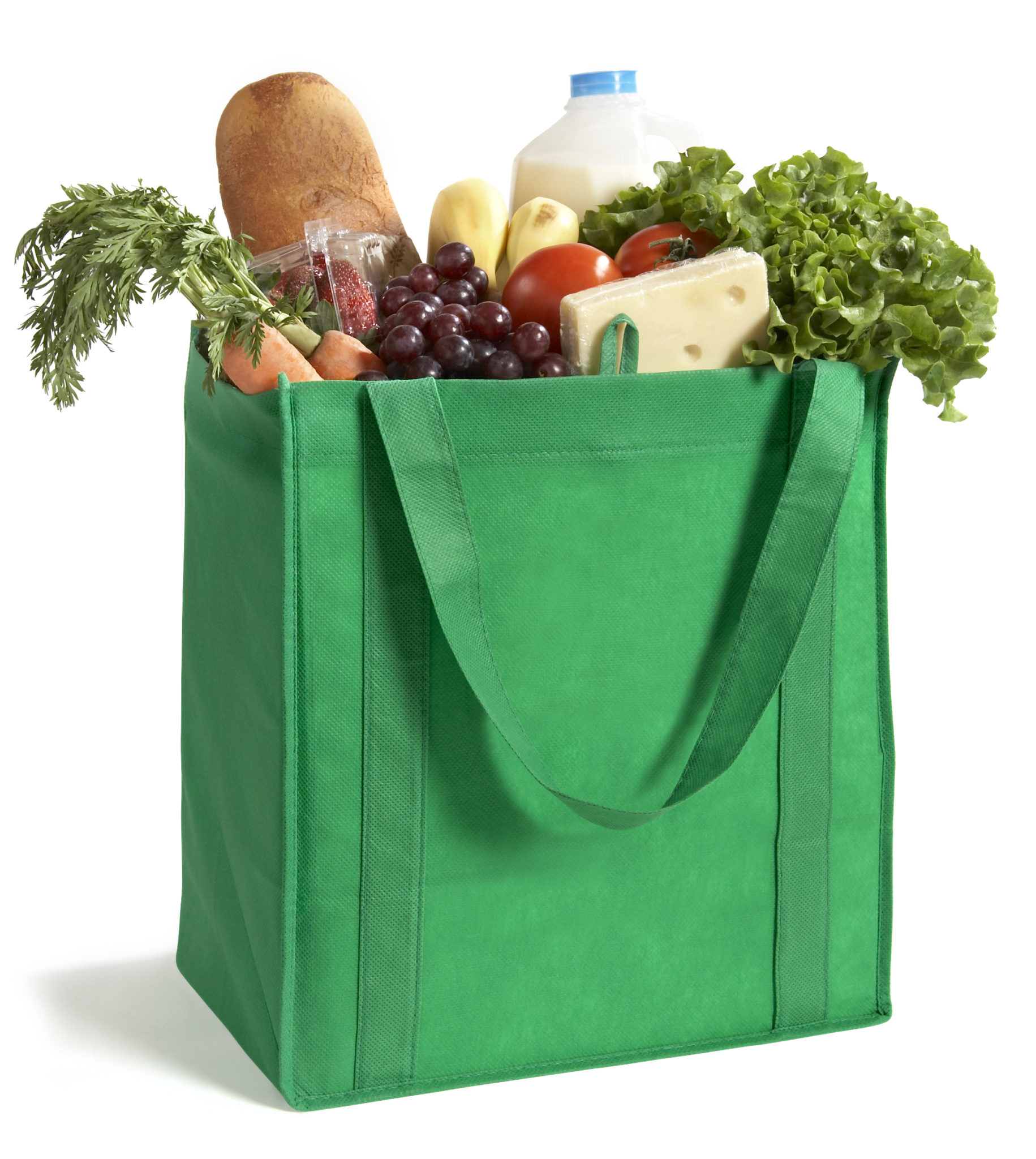
If you guys missed the very first post in this series: you can visit it here to learn more about it what it will include and why I’ve started it!
As I’ve mentioned, the first step in this series is to highlight some general budget-friendly options for each of the main food groups that I believe are important to include in a balanced, nutrient-dense diet: Protein, Grains, Fruit, Vegetables, Dairy and Heart-Healthy Fats. Note that I usually include Dairy as part of my Protein group, but for the sake of this series I’m going to break them out into two separate categories.
Today we’re talking one of my favorites: fruits and veggies!
Getting fruits and vegetables in on a budget can seem incredibly challenging – especially if you’ve heard all about the Dirty Dozen list and feel like you need to buy everything organic.
Just a quick note on that: In my professional opinion, fruits and vegetables provide far too valuable a nutrient load to forgo them just because you can’t buy all organic. Something important to keep in mind is that pesticides are the concern when it comes to organic vs. non-organic produce, you’re still getting the same nutrient profile whether the item is organic or not. Bottom line? Wash your produce well before consuming, buy organic when your budget allows but don’t forgo produce all together just because you can’t buy all organic.
Okay, now that that’s out of the way, if you read last week’s post on budget-friendly protein picks, you might be expecting that I’ll list out fruits and vegetables that tend to be more budget-friendly. But rather than do that (because there aren’t really any hard and fast rules for produce like there tends to be for protein), I’m going to share some helpful guidelines for getting the best bang for your produce buck.
Helpful Guidelines for Budget-Friendly Produce:
1. Look for In-Season: Buying in-season is one of the easiest ways to buy fresh produce on a budget. This is due to the fact that grocery stores are not having to pay additional costs to ship out-of-season produce from overseas. Instead they can get it from local farms who are harvesting their current crops! Grocery stores will often tout their “local” produce with signs, but if they don’t and you’re not quite sure what happens to be in season, there are two resources I love to help with that. The first is The Seasonal Produce Guide by the USDA which provides an easy-to-read list of in-season produce by season. The second is a site called Seasonal Food Guide where you can actually sort by your state (because we’re not all living in the same climate year-round!) and time of month to get a list of produce that’s in-season. Pull these sites up on your phone or jot down a few of your favorites before you go to the store and you’ll be good to go!
2. Buy Local: Similar to buying in-season, buying local tends to be kinder on your wallet as well. Most areas have Farmer’s Markets that you can visit where farms will actually sell their produce direct to consumer cutting out middleman costs and saving you money. If you don’t have Farmer’s Markets in your area, don’t worry! Many big-chain grocery stores will often partner with local farms to offer a variety of local produce. And because it’s local, you’re also more likely to be buying in-season (because farmers can only grow what their local climate will permit!). This National Farmer’s Market Directory allows you to search for local markets available in your area and is a great resource if you’re not sure if your area offers them!
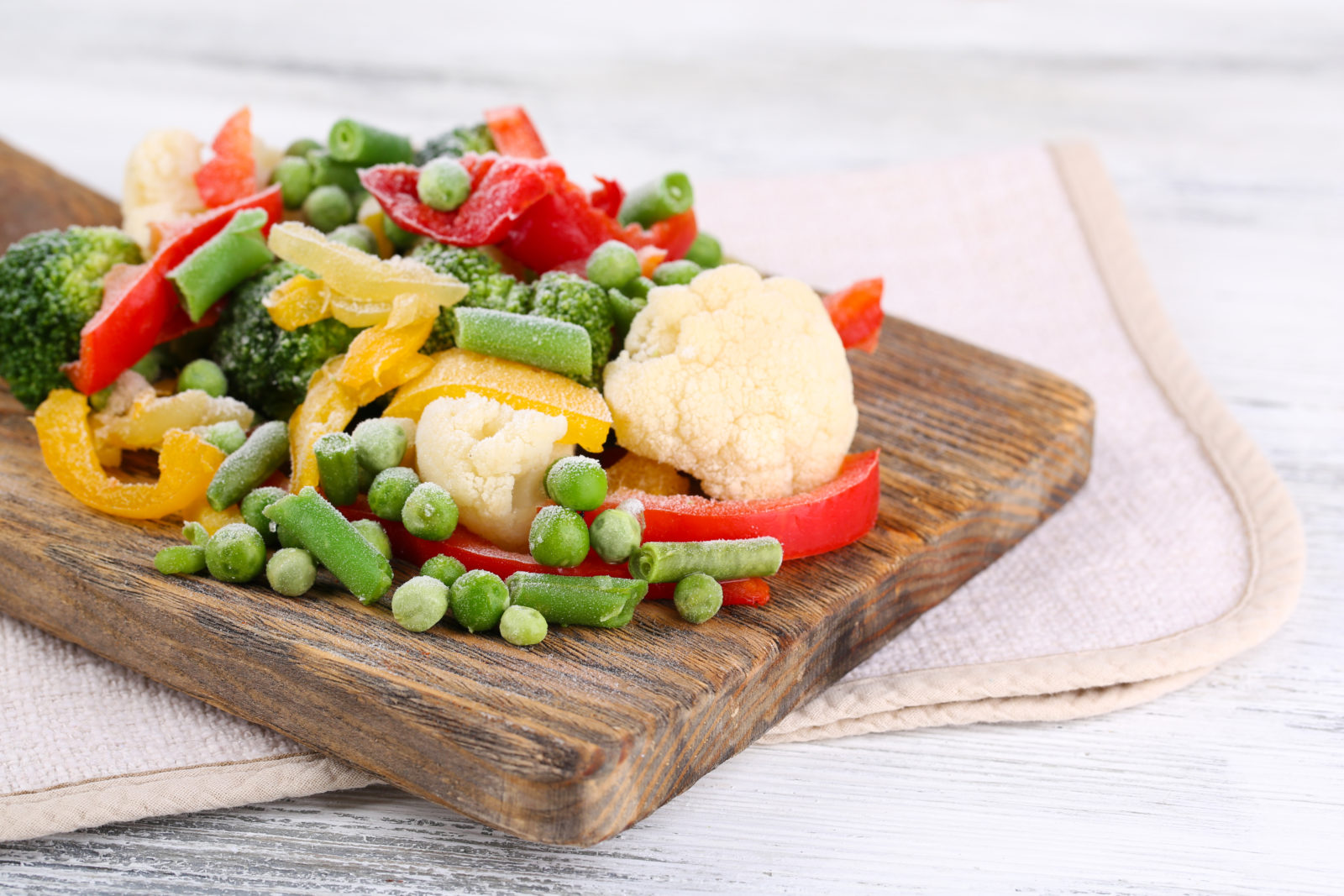
3. Explore the Freezer Aisle: Frozen fruits and veggies are a budget-friendly shoppers best friend. I think people often shy away from frozen produce thinking that it’s not as good as fresh, but the opposite can actually be true! Frozen produce is picked and frozen at it’s peak freshness, whereas in the grocery store, you never know how far produce has traveled to get there and how long it’s been on the shelf. Therefore, you’re actually more likely to get a fresher product with frozen than you are fresh. Frozen veggies can easily be tossed into stirfrys, roasted in the oven or thrown into pasta dishes. Frozen fruit can be baked into fruit-based dishes (think cobblers, muffins, baked oatmeal), thrown into oatmeal, defrosted and tossed into yogurt, used to whip up smoothies…the list goes on! Look for frozen fruits and veggies that contain only the produce itself (avoid any with added syrups and sauces or choose them sparingly as they can add unnecessary sodium and fat and limit what you’re able to do with them – it’s easier to add spice and flavor yourself!)
4. Don’t Snub Canned (Or Boxed!): As with frozen produce, I think canned or boxed produce also tends to get a bad reputation. But again, it’s a great way to get fruits and veggies (which offer similar nutrient profiles to fresh or frozen!) when your budget is tight. I love this article on 5 Facts about Canned Foods. Canned corn for example is super simple to heat and eat on the side of a chicken dinner or toss into burrito bowls. When buying canned veggies, look for ‘no salt added’ or ‘low sodium’ varieties. Canned fruit also works as well as frozen in the types of dishes I mentioned above. Canned pumpkin for example is perfect to add to muffins, fold into oatmeal or yogurt for a little extra flavor. And unlike frozen fruit, you can eat canned fruit right out of the can without having defrost it first making it a perfect grab and go snack! Just make sure you’re buying canned fruit that is packed in water or its own juice. You’ll add unwanted sugar if you’re buying fruit canned in syrup. And in all canned foods, try to find “BPA-free” somewhere on the label.
5. Don’t Forget Dried/Dehydrated: Dried and dehydrated produce has come a long way. It used to just be you could buy a box of raisins and that was about it. But now the varieties are endless. Not only can you buy any kind of dried fruit (perfect for making homemade trail mixes, throwing into breakfast dishes or even salads!) but there’s a whole new variety of dried/dehydrated vegetables out there too! Of course, you don’t want to be relying on these as your sole source of produce (the high water content of fruits and vegetables is part of what makes them a great high-volume food), but they’re great to fill in some gaps you might have in your produce intake and help to mix up the textures of those you’re consuming.
6. Incorporate 100% Juices: 100% fruit and vegetable juice is another great option for getting produce in on a budget. That said, like the dried and dehydrated versions, you’ll want to use this more sparingly because you’re missing out on a large majority of the fiber contained in whole fruits and vegetables. This means it’s a lot easier to drink a large glass of orange juice than it is to sit down and eat 4 oranges – which can make it tricky when you’re on a budget. That said, incorporating one container of 100% fruit and/or vegetable juice (and sticking to one 8oz. serving each time you drink it!) to round out the week and vary the type of intake you’re getting can be a perfectly budget-friendly option.
3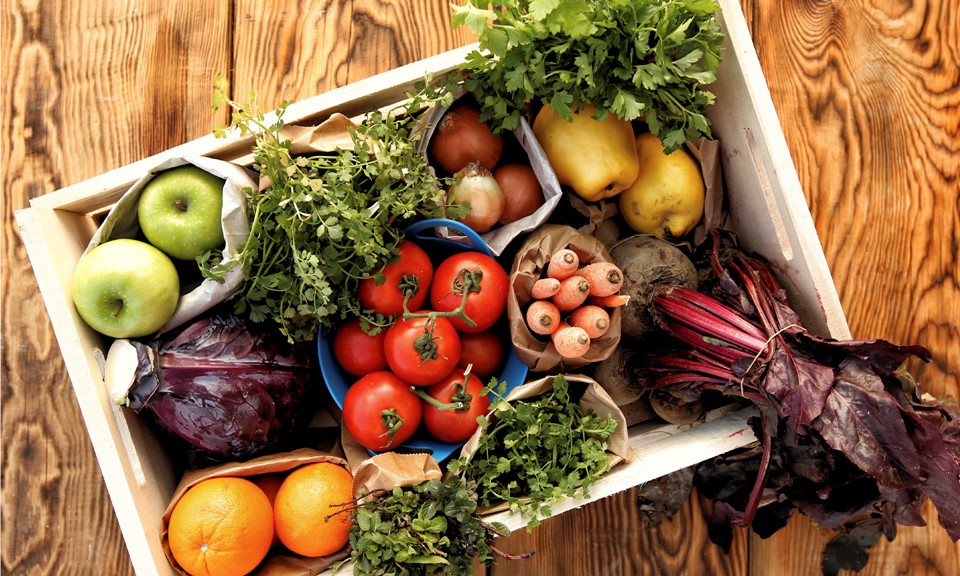
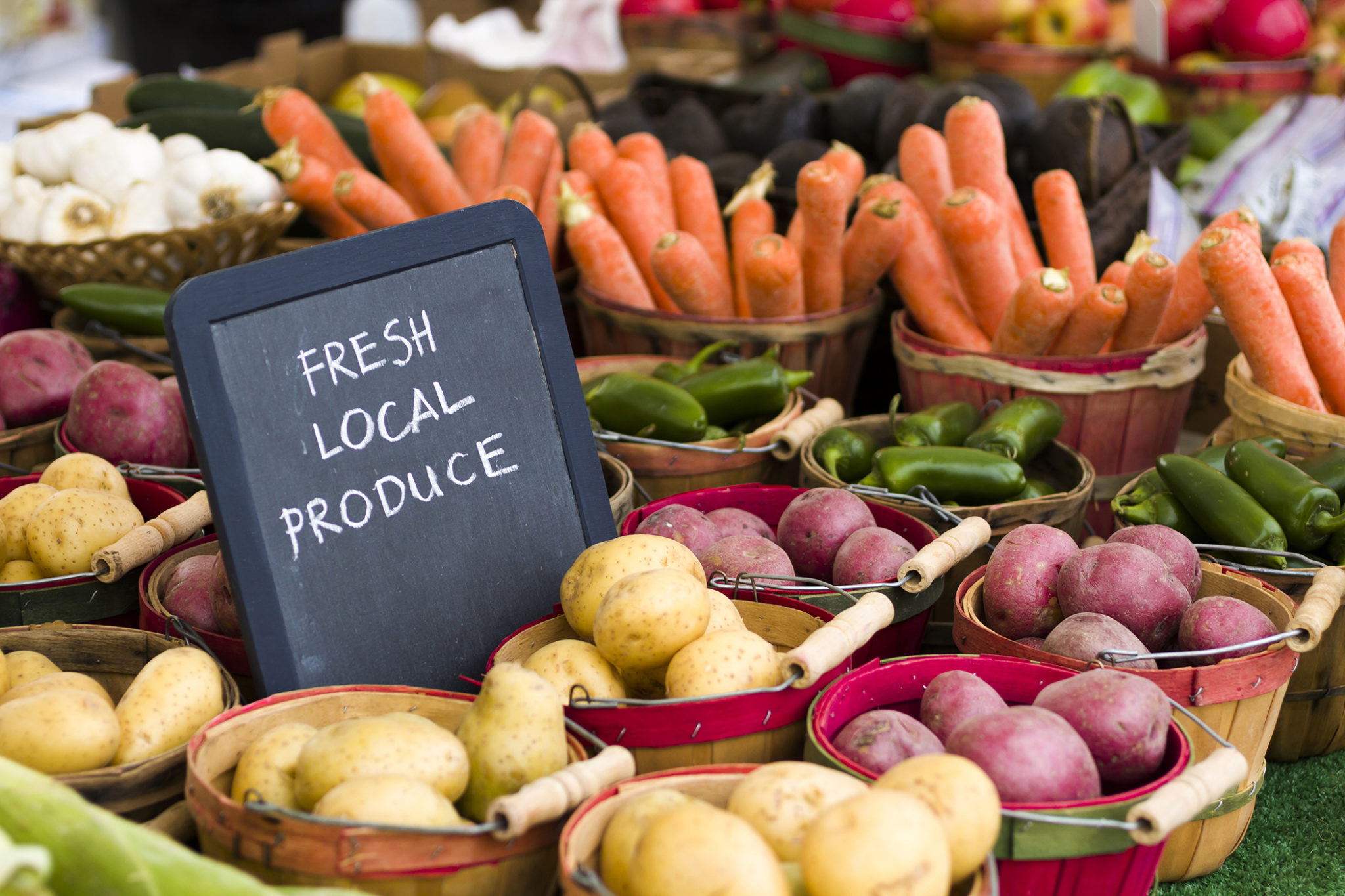
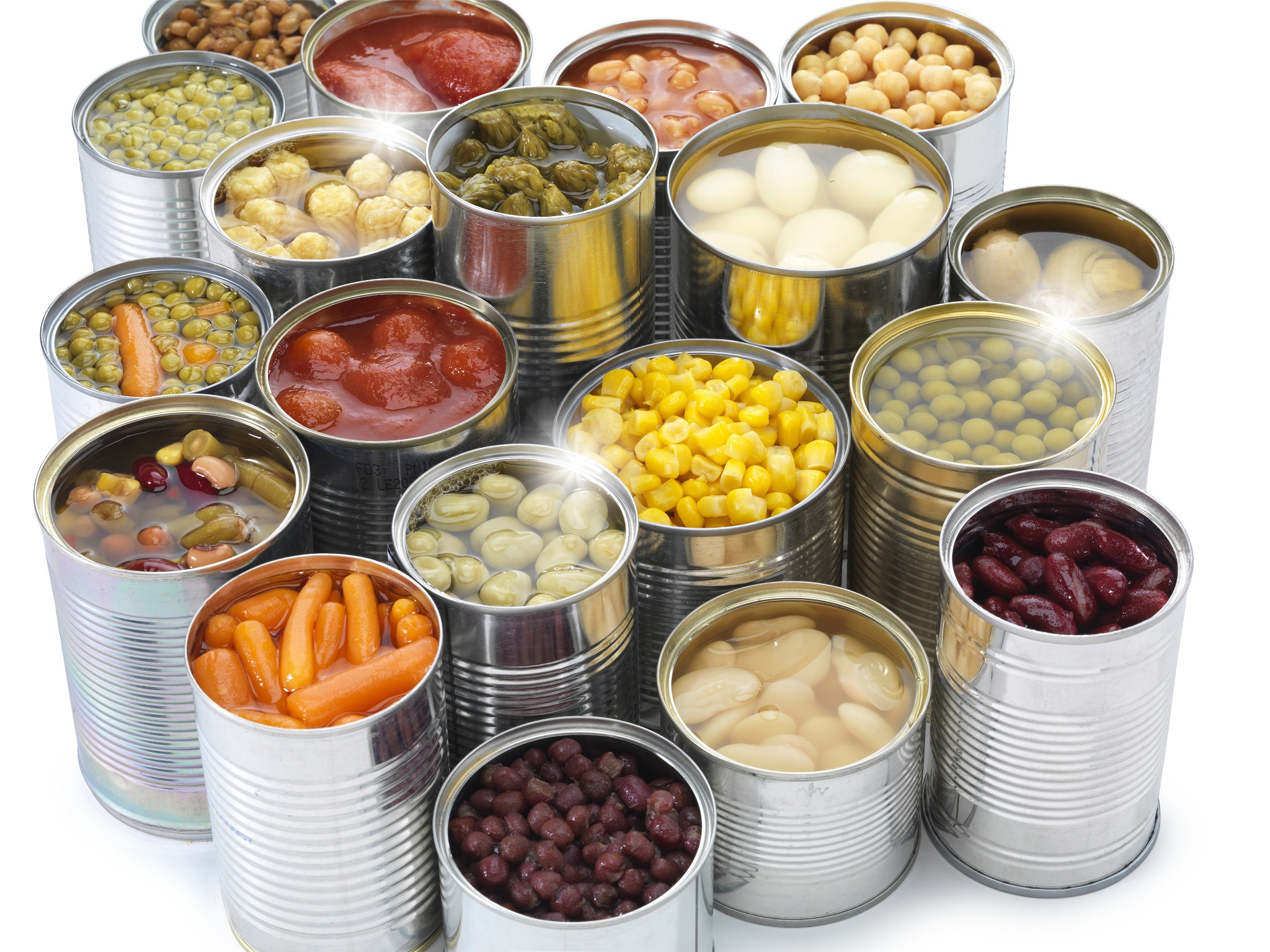
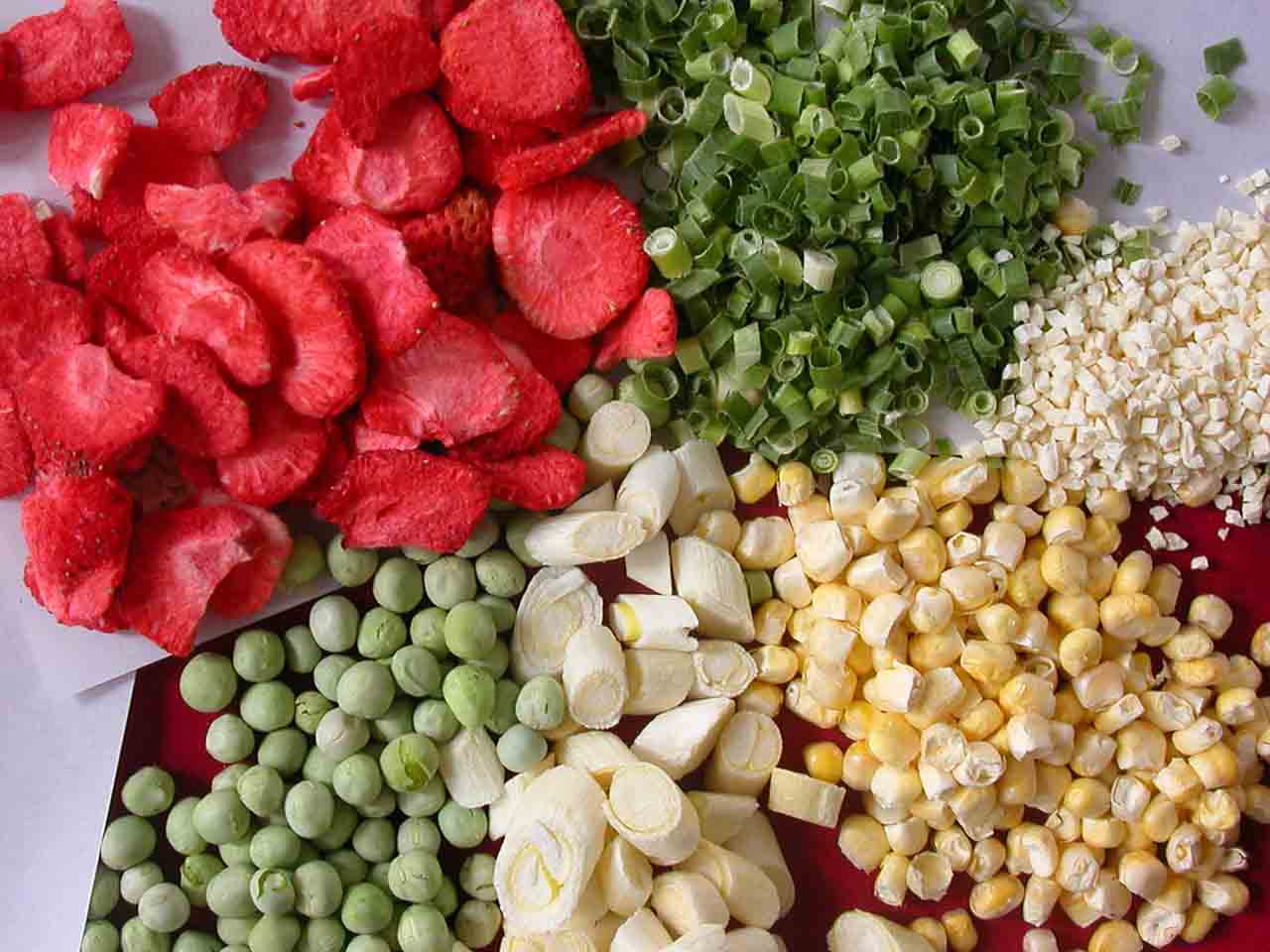
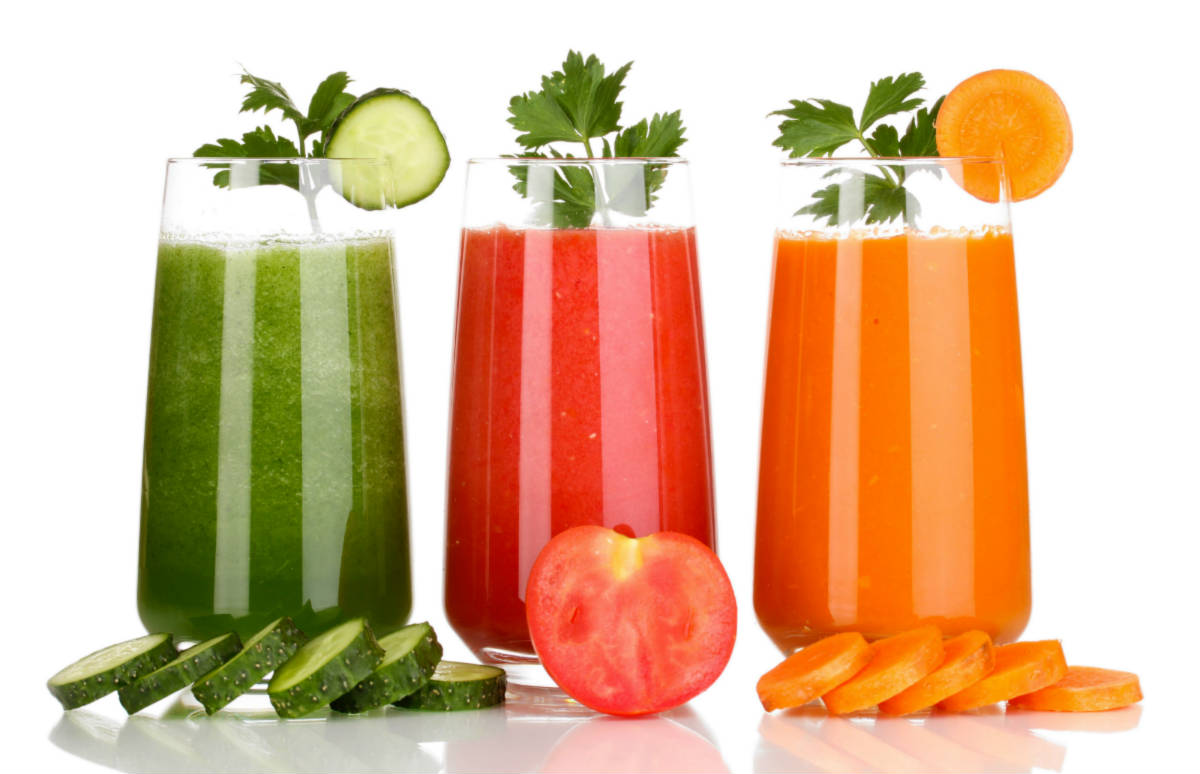
Hi, Cait!
Just stumbled across your instagram a couple days ago, which lead me to your blog and now I am kind of obsessed.
Will you please share some BPA free brands? I have been having trouble finding BPA free free products especially for things like corn which you mentioned above.
Hi Tracy! You’re so sweet – I’m so glad you like it! 🙂 This site does a good job of rounding up BPA-free cans! https://www.niftyhomestead.com/blog/bpa-free-cans/